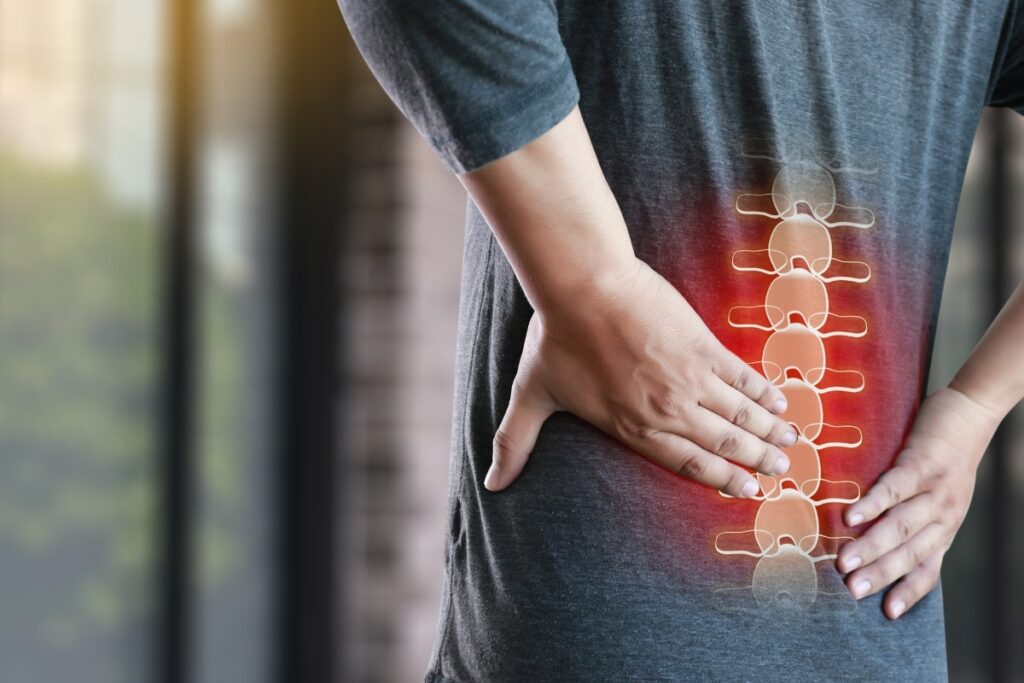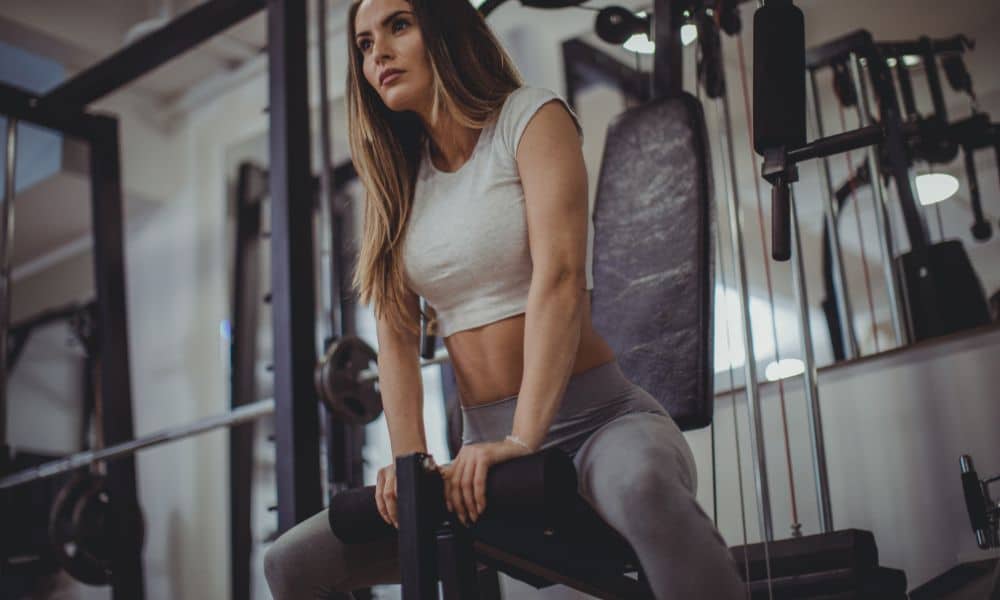Are you looking for tips on reducing or eliminating lower back pain so you can live an everyday life again? Lower back pain can be debilitating and, unfortunately, quite common. Therefore, it is essential to understand the causes of lower back pain and how to alleviate it. You can reduce lower back pain in your day-to-day life through proper posture, exercise, and lifestyle modifications.
Understand Lower Back Pain
The first step to managing your lower back pain is understanding the source of your discomfort. For example, muscle strains are often caused by overuse or improper use of muscles. Thus, they can result in acute (short-term) or chronic (long-term) pain.
Other sources of lower back pain include poor posture, herniated discs, spinal stenosis, or misalignment of the spine. Again, knowing the start of your discomfort will help you find an appropriate treatment plan.
Posture Matters
Maintaining a correct posture is critical in reducing lower back pain. Poor posture involves slouching or hunching over when sitting or standing. This puts unnecessary strain on your spine and the muscles surrounding it.
To practice good posture, keep your chest up and shoulders down with your feet flat on the floor when sitting. Also, stand with feet hip-width apart and distribute weight evenly as you move throughout the day. Finally, sit up straight in chairs with a lumbar support cushion if needed.
If you are using a computer all day, set up a workstation that promotes proper posture while you work. This means having a chair that supports your body while keeping your wrists at a neutral angle while typing.
Exercise & Stretching
Exercise and train core muscles that support the spine and reduce tension in tight muscles that could pressure nerves around the spine area. Use low-impact activities such as walking or swimming to lower back pain. Some specific exercises to target this area are bridges or Superman exercises.
In addition to exercising regularly, stretch to relieve tension from daily activities such as sitting for long periods at work. Focus on areas such as the hamstrings, glutes (buttocks), hip flexors (front of hips), abdominals (stomach), and obliques (side waist).
Medical Treatment
Besides exercise and stretching, you also use medical intervention to reduce or prevent lower back pain. It is best to talk with your doctor regarding your back pain. Let them help devise a plan that works for you. Some treatments that you want to consider are:
- tens unit
- acupuncture
- sports massages
- over the counter pain killers
- hot baths
- epidural injections
- surgery
- prescription drugs
The Last Word on Lower Back Pain
Lower back pain is joint but doesn’t have to be overwhelming! With small lifestyle changes such as understanding what causes discomfort in your body, practicing proper posture during daily activities, exercising regularly to strengthen core muscles that support the spine area, and frequently stretching to release tension from tight areas – managing chronic lower back pain becomes more feasible without relying solely on medication!
Remember – knowledge is power! By learning about what works best for you individually and implementing these tips into your daily routine – taking control over upper/lower back pain becomes possible! If you or someone you know is looking to improve your health, share this article on Facebook or Twitter so that others can learn more about self-care.




